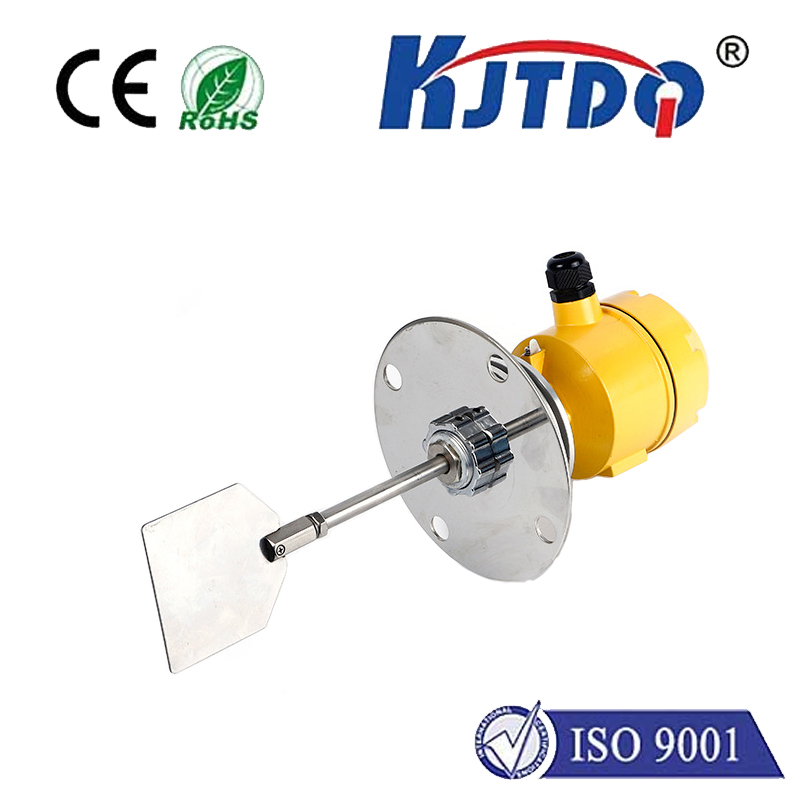

In the realm of industrial measurements, precision and reliability are paramount. One device that epitomizes these qualities is the radar level transmitter. This sophisticated instrument plays a crucial role in monitoring and controlling liquid levels across various sectors, from oil refineries to water treatment plants. In this article, we will delve into the fundamentals of radar level transmitters, their operation, applications, and why they are indispensable in modern industrial processes. The term ‘radar level transmitter’ can be abbreviated in English to “RTLT” or more commonly referred to by its full name due to its specificity. RTLT utilizes microwave radar technology for accurate distance measurement, which in turn provides precise level measurements of liquids, slurries, or solids within storage tanks, silos, and process vessels. Unlike traditional level measurement devices such as floats or capacititive sensors, radar level transmitters offer non-contact measurement, making them ideal for challenging environments where contamination or buildup could compromise the accuracy of other types of sensors. At the core of a radar level transmitter’s functionality lies the principle of time-of-flight (ToF) measurement. The device emits microwave pulses towards the surface of the material being measured. When these pulses hit the surface, they are reflected back to the transmitter. By measuring the time it takes for the pulse to return after hitting the surface, the RTLT calculates the distance to the surface. From this distance, combined with knowledge of the vessel’s dimensions, the RTLT can determine the level of material present, whether it’s a liquid, powder, or granular solid. Radar level transmitters come in two primary technologies: pulsed wave radar and continuous wave (CW) radar, with CW further divided into frequency modulated continuous wave (FMCW) and phase shift keyed continuous wave (PSKCW). Each has its advantages depending on the application requirements, including range, accuracy, and the materials involved. For example, FMCW radar is preferred for long-range measurements, while PSKCW might be chosen for applications requiring higher resolution. One of the significant advantages of using radar level transmitters is their adaptability. They can be used in a wide array of conditions—from highly corrosive chemicals to viscous liquids and even dusty environments—without suffering from wear and tear or loss of accuracy. Furthermore, since radar level transmitters do not require contact with the material being measured, maintenance costs are reduced, and there’s no risk of contamination or interference with the process medium. Applications of RTLTs span numerous industries, including chemical processing, food and beverage manufacturing, wastewater management, oil and gas production, pharmaceuticals, and mining. In each of these fields, accurate level measurement is critical for efficient operations, safety compliance, and environmental protection. Whether it’s ensuring that a reactor isn’t overfilled or monitoring the sludge levels in a waste treatment plant, radar level transmitters provide real-time data that allows for precise control and optimization of processes. In conclusion, the radar level transmitter represents a pinnacle of technological advancement in the field of level measurement. Its ability to deliver accurate, reliable readings without direct contact with the process medium makes it an invaluable tool for industries worldwide. As industries continue to evolve and demand ever greater precision, the radar level transmitter stands ready as a versatile and robust solution that meets the challenge head-on. For anyone involved in process control, understanding and utilizing RTLT technology is essential for maintaining operational excellence.









